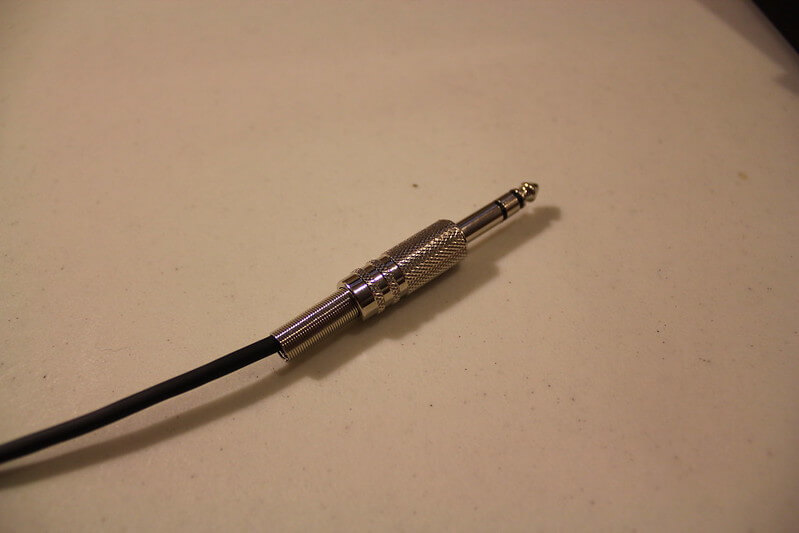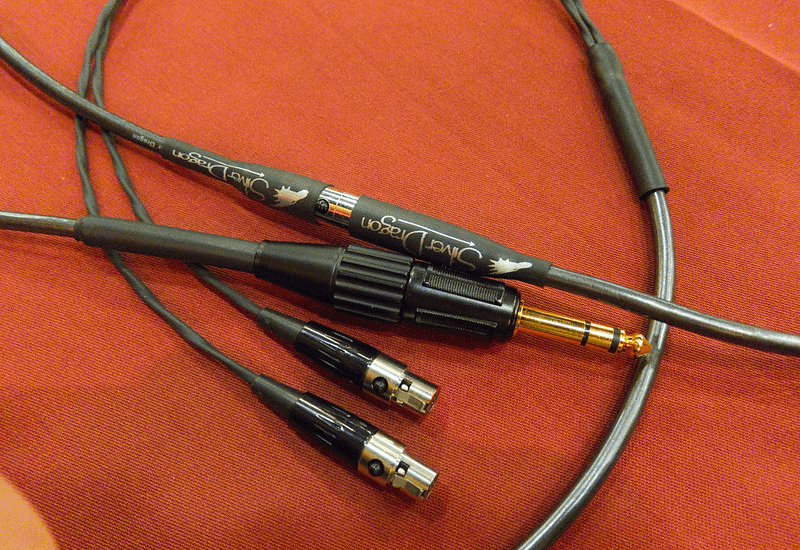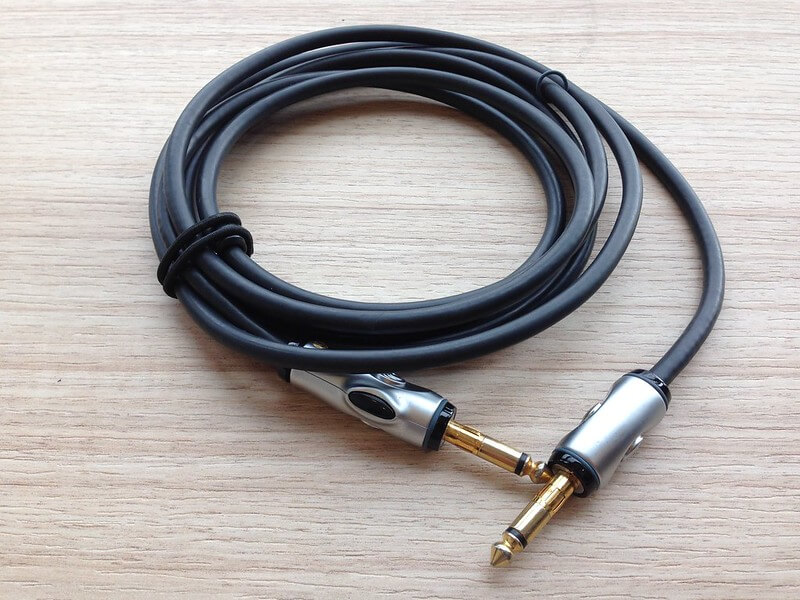Wired connectors are straightforward: insert the plug into the jack, and you’re ready. 3.5mm and 1/4 inch plugs are the most commonly used in consumer and pro gear. If you’re looking for the differences between these two headphone plugs, you’ll be surprised there is not much difference between them.
3.5mm Connector Explained
The 3.5mm headphone plug or 1/8 inch connector is the most common consumer audio plug. It is mostly used to connect headphones to smartphones or audio players. Apart from connecting headphones to playback devices, 3.5mm connectors are available on AV and other stereo devices to connect speakers and audio output devices.

TRS IEM Headphone Connector
A 3.5mm audio connector is available in mono and stereo versions, with the difference being the number of rings or contact points. The mono version of a 3.5mm connector will have one ring and two contact points. The stereo 3.5 connector will have two or three rings carrying stereo audio signals.
Below is an example of a 3.5mm TRS connector.

AKG K240 Studio 3.5mm Connectors
1/4 Inch Connector Explained
The 1/4 inch connector, also known as a 6.35mm connector, was invented in 1878 and primarily used in the telephone industry to connect switchboards. However, with time, it has become a common connector in the audio industry used to connect pro audio devices mostly.

6.35mm Connector to XLR Connector Cable
The appearance of the 6.35mm connector is similar to a 3.5mm connector. However, their major difference is the size, with the 6.35mm connector being a little larger.

Planetwaves 10 Feet 14 Guitar Cable
In the audio world, 1/4-inch connectors connect pro audio devices like guitars, monitors, and headphones. Like the 3.5mm connector, it is also available in mono and stereo configurations. The 1/4-inch unbalanced connector, like the one shown above, is usually used to connect guitars.
Differences Between 3.5mm vs. 1/4-Inch Jacks
Size
The major difference between the 3.5mm and 6.35mm connectors is the size. The 1/4-inch connector is thicker and longer compared to the 1/8-inch connector. Their size differences make the 3.5mm connector good for portable devices, which is why most smartphones and portable audio devices have it. The size differences also make it harder to get a dodgy connection.
Also, size is a major consideration; if you have a 3.5mm connector, you can use an adapter to transform it into a 6.3mm connector. This is made possible by using a screw-on 6.3mm adapter. Most high-end headphones I’ve bought usually have a 3.5mm connector and a 6.35mm screw-on adapter.
Durability
The size and durability are also a concern when using these two connectors. The 1/4-inch connector feels more robust. In the many years of using audio gear, I’ve broken quite a few 3.5mm plugs. It is easier to bend a 3.5mm connector, especially if it has more tips. The 6.35mm connector is harder to bend and more durable, which explains its use in pro audio gear.
Where to Use Each?
The 3.5mm audio connector is best used with portable audio gear. The TRS configuration also allows you to use a microphone with your headphones, thus improving their portability.
The 6.35mm connector is usually preferred for pro audio gear and musical instruments, like mixers, guitars, keyboards, etc. In fact, it is a standard connector widely accepted to connect proa duo equipment.